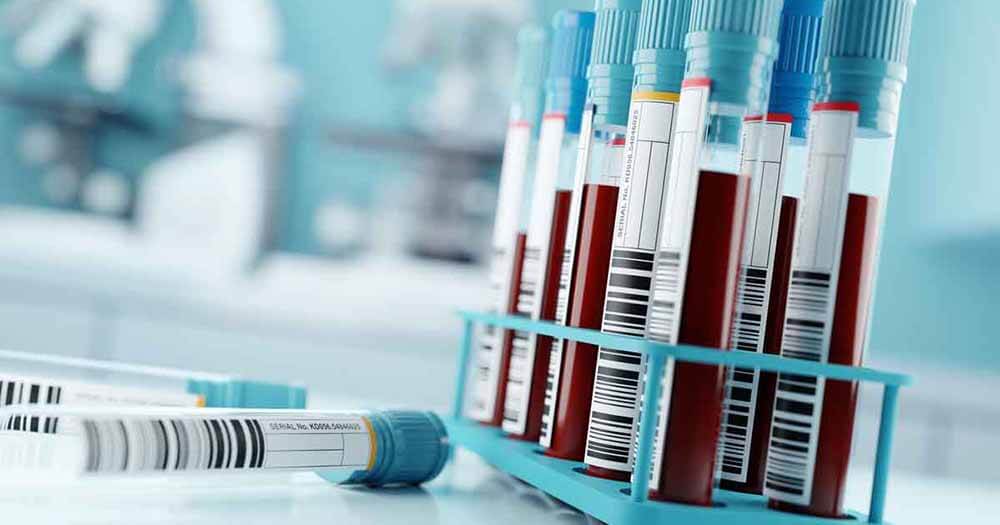Currently, in Northern Ireland there are no paediatric diabetes structured education programmes available, and there is still much evidence of inequality in patient care and education (Diabetes UK, 2005).
There has been much interest recently in ongoing pilot studies of a carbohydrate and insulin adjustment programme developed locally for young people, based on the German Berger programme. Work has also been undertaken by the paediatric Managed Clinical Network in Northern Ireland to address the recommendations of the National Service Framework (Department of Health, 2003) for provision of structured education suitable for all children and adolescents. This is welcome information for healthcare professionals involved in delivering diabetes education and will address recommendations by NICE (2004) that all information should be accurate, consistent and support informed decision-making.
Need for an education programme
A local audit carried out in 2007 examined glycaemic control in adolescents and the effect of multiple dose injection (MDI) therapy. The findings revealed that this group were not achieving the recommended HbA1c level of 7.5% (58 mmol/mol; NICE, 2004). This was not surprising as results from the Fourth National Paediatric Audit confirmed that over 80% of UK children are failing to achieve HbA1c targets (Diabetes UK, 2005; Edge, 2005). Similar findings in Northern Ireland showed that only 20% of children achieved an HbA1c level ≤ 7.5% (58mmol/mol; Cardwell et al, 2005).
Developing the programme
Following attendance at staff training on the Bournemouth structured education programme (BERTIE; Everett et al, 2003), the diabetes team adapted the adult programme for local use. The age group targeted were 14–16-year-olds with type 1 diabetes currently on MDI therapy or wishing to commence MDI (n=15). These adolescents and their parents received a consent form and a letter inviting them to attend a focus group that was held in the hospital paediatric department.
Eight adolescents and four parents attended and received information regarding the proposed content of the education sessions. A variety of structured, open-ended questions were used, and the views of parents and adolescents were collected separately to give opportunity for them to express their views independently.
A social evening for the group was arranged after 3 months to assess knowledge gained and self-management skills. This session revealed that the young people sometimes found the carbohydrate counting time-consuming and did not always take the time to count accurately. Positively, the group were now regularly taking appropriate correction doses of insulin when blood glucose levels were high, and reported improvements.
Results
There was an overall improvement in glycaemic control across the study period. At the start the mean HbA1c level was 9.12% (76.2 mmol/mol), and by 9 months this had been reduced to 8.34% (67.7 mmol/mol). At 12 months there was a slight increase to 8.58% (70.3 mmol/mol). These results suggest that more regular contact with the diabetes team offers valuable support in achieving glycaemic control and maintains motivation (Howells et al, 2002).
A full report on this initiative will be published in the journal next year.




Study provides new clues to why this condition is more aggressive in young children.
14 Nov 2025